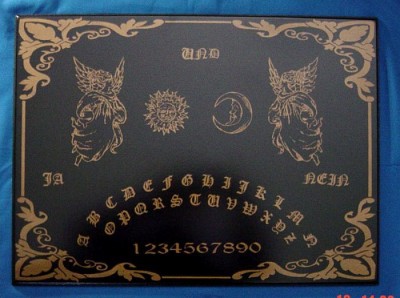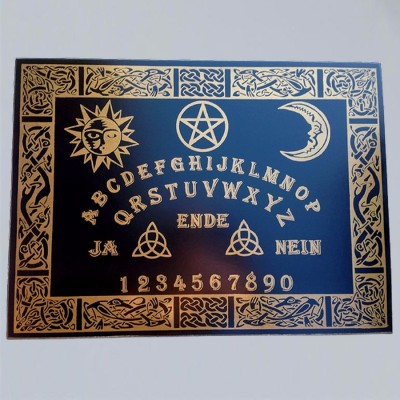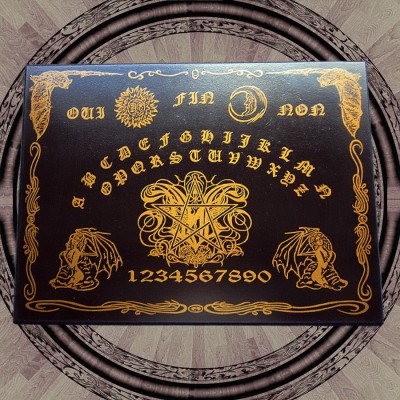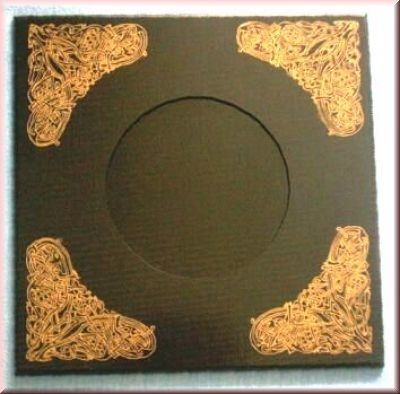Greek Monastery Insence
The production of Greek incense has a long tradition that goes back to the 12th century. Based on olibanum resin, better known to us as frankincense, this special incense is produced in a very elaborate process with the addition of pure essential oils and plant substances.
The resin is ground and mixed with rose water, rose oil and other ingredients. Now the mass is rolled out thinly and cooled. Then it can finally be cut into small pieces, and so that they do not stick together, they are dusted with magnesium at the end.
In the past, Greek incense was produced exclusively in monasteries. But as demand grew, the monks could no longer keep up with production and passed on the recipes to private companies, which then also produced according to these instructions. In the past, everything was made by hand, but in our modern times, machines have taken over the hard work. It all started with the well-known rose incense, but in the meantime there are a variety of fragrance compositions with exquisite natural ingredients, all of which are a feast for the senses and have a beneficial effect on body, mind and soul.
The resin is ground and mixed with rose water, rose oil and other ingredients. Now the mass is rolled out thinly and cooled. Then it can finally be cut into small pieces, and so that they do not stick together, they are dusted with magnesium at the end.
In the past, Greek incense was produced exclusively in monasteries. But as demand grew, the monks could no longer keep up with production and passed on the recipes to private companies, which then also produced according to these instructions. In the past, everything was made by hand, but in our modern times, machines have taken over the hard work. It all started with the well-known rose incense, but in the meantime there are a variety of fragrance compositions with exquisite natural ingredients, all of which are a feast for the senses and have a beneficial effect on body, mind and soul.










